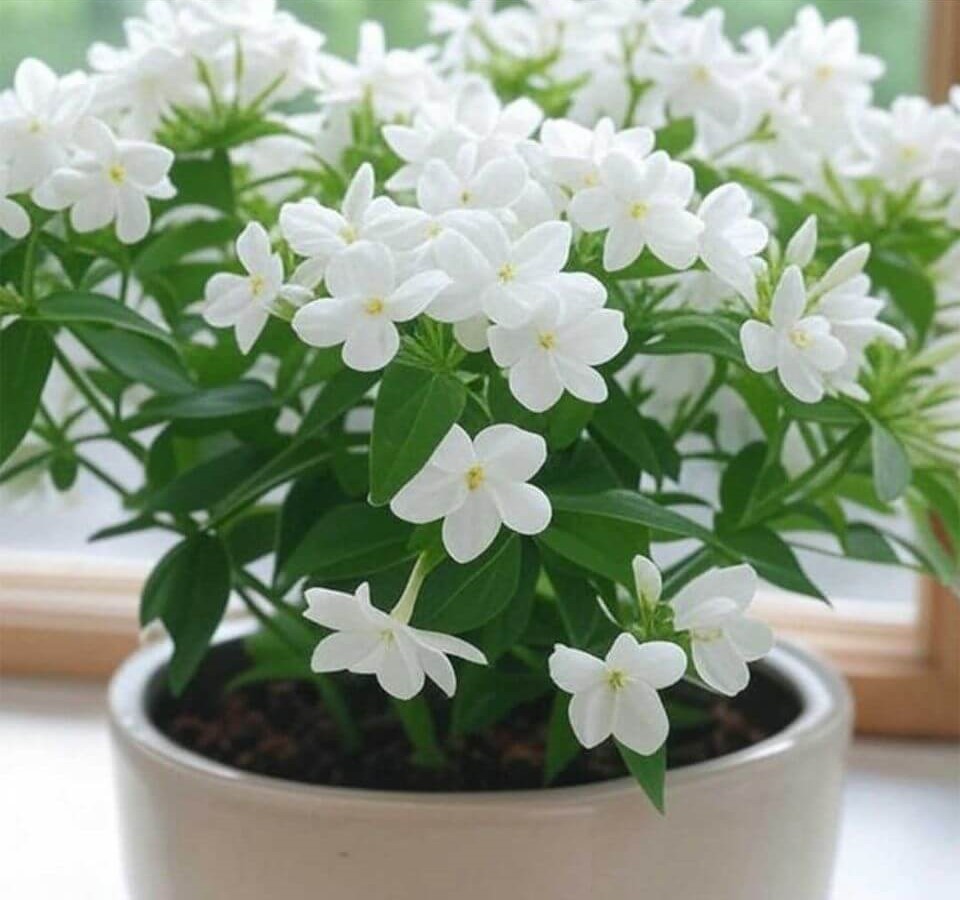Houseplants are often valued for their ability to bring a touch of nature indoors, but many also offer fragrant aromas that can transform the atmosphere of your home. These plants not only contribute to the beauty of your space but also fill it with natural scents that can trigger memories, improve moods, and create a welcoming environment. In this article, we explore some of the best-smelling houseplants that can make your home smell amazing.
Why Fragrant Houseplants Are Beneficial
Fragrant houseplants provide more than just a pleasing scent. They can purify the air by filtering toxins and increasing humidity, which is especially helpful in dry indoor environments. Their natural aromas can also have therapeutic effects, such as reducing stress, enhancing relaxation, and improving sleep. Additionally, these plants act as natural air fresheners, offering a healthier alternative to chemical-based products.
How to Choose the Right Scented Houseplant
When selecting a fragrant houseplant, consider factors such as the strength of the fragrance, the plant’s care requirements, and how well it will suit your home’s environment. Some plants have strong, dominant scents, while others offer a gentler, more subtle aroma. Choose a plant that suits your personal scent preferences and complements the overall vibe of your home. Also, consider its needs in terms of light, water, and temperature to ensure it will thrive in your space.
1. Jasmine: A Sweet and Exotic Aroma
Jasmine is celebrated for its sweet, exotic fragrance that fills a room with its captivating scent. It flourishes in bright, indirect light and needs regular watering to keep the soil moist. Jasmine’s fragrant blooms are often used in perfumes and aromatherapy for their calming properties.
2. Lavender: A Soothing and Relaxing Fragrance
Lavender is well-known for its calming properties. With its light purple flowers and silvery-green leaves, lavender adds a touch of elegance to any room. It prefers bright light and well-drained soil. Lavender’s scent is known for reducing anxiety and promoting better sleep, making it a great addition to bedrooms.
3. Gardenia: A Rich and Floral Scent
Gardenias are treasured for their rich, floral fragrance and their beautiful white blossoms. They thrive in bright, indirect light and high humidity. Often linked to romance, gardenias are perfect for creating a luxurious and inviting atmosphere in living spaces.

4. Eucalyptus: A Refreshing and Energizing Aroma
Eucalyptus offers a refreshing and invigorating scent that can clear the airways and provide a feeling of revitalization. This plant thrives in bright light and well-drained soil. Its aromatic leaves can be used in homemade potpourri or as a natural air freshener.
5. Citrus: A Zesty and Uplifting Fragrance
Citrus plants, like lemon and orange trees, bring a zesty and uplifting fragrance that can energize any room. These plants need plenty of sunlight and regular watering. The fresh, clean scent of citrus is often associated with cleanliness, making it an excellent choice for kitchens and bathrooms.
6. Mint: A Cool and Refreshing Aroma
Mint is an easy-to-grow herb that offers a cool and refreshing aroma. It thrives in bright, indirect light and requires regular watering. Mint’s invigorating scent is known to help improve focus and concentration. Plus, its leaves can be used in cooking and beverages to add extra flavor.
7. Rosemary: A Herbaceous and Woody Scent
Rosemary is a versatile herb with a distinctive herbaceous and woody fragrance that is both energizing and grounding. It prefers bright light and well-drained soil. Rosemary’s scent is known to enhance memory and concentration, making it ideal for home offices or study areas.
8. Orchids: A Delicate and Subtle Fragrance
Orchids are recognized for their delicate and subtle fragrance, which varies depending on the species. These elegant plants require bright, indirect light and high humidity. Orchids bring sophistication to any room, and their gentle fragrance creates a serene and peaceful atmosphere.
9. Hoya: A Sweet, Honey-Like Aroma
Hoya, also known as the wax plant, produces clusters of star-shaped flowers with a sweet, honey-like fragrance. It grows well in bright, indirect light and requires minimal watering. Hoya’s unique scent and attractive foliage make it a popular choice for indoor gardens.
10. Scented Geraniums: A Pleasant Variety of Fragrances
Scented geraniums come in a wide variety of fragrances, from rose and lemon to mint and spice. These plants prefer bright light and well-drained soil. Their leaves release fragrance when touched, making them interactive plants that add a pleasant aroma to any space.
11. Tea Rose Begonia: A Soft, Rosy Fragrance
Tea Rose Begonias are charming plants with a soft, rosy fragrance reminiscent of traditional roses. They thrive in bright, indirect light and need regular watering. With their delicate scent and beautiful blooms, they make a lovely addition to any indoor space.
Tips for Caring for Fragrant Houseplants
To ensure your fragrant houseplants flourish, provide them with the right light, water, and humidity. Check the soil moisture regularly and avoid overwatering, which can lead to root rot. Prune your plants when necessary to encourage healthy growth and remove any dead or damaged leaves. Consider using natural fertilizers to encourage blooming and enhance the fragrance of your plants.
Conclusion: Fill Your Home with Natural Scents
Incorporating fragrant houseplants into your living space is a natural and effective way to enhance the atmosphere. These plants not only add beauty but also fill your home with delightful aromas that can uplift your mood and contribute to overall well-being. By choosing the right plants and providing them with proper care, you can enjoy the many benefits of fragrant houseplants and create a home that smells wonderful.